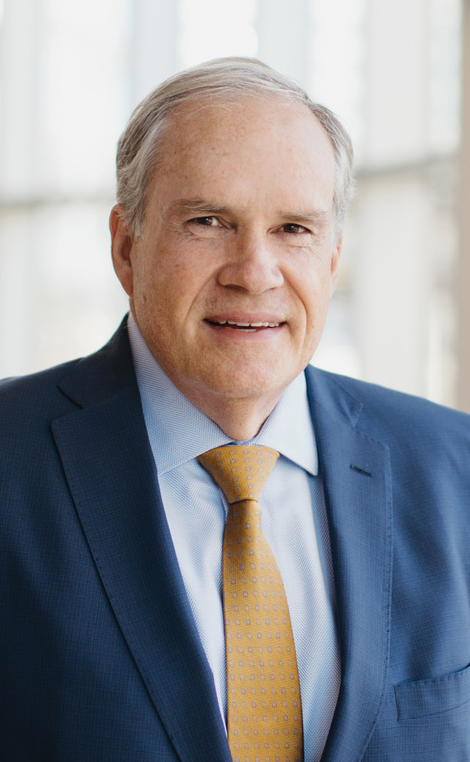 BY John Hawkins, President/CEO, THA
BY John Hawkins, President/CEO, THA
Three years after the beginning of the pandemic, hospitals have started to put the pieces back together and take inventory of COVID-19’s wide-ranging, long-lasting impact on health care. That process is ongoing and will be for some time. But a recent Texas Hospital Association workforce survey reinforces and quantifies one fact that’s become abundantly clear: Hospitals are facing a breaking point for their workforce.
Now, it’s been no secret that hospitals struggled against the mounting pressures of COVID-19. I’ve illustrated before in this space how the pandemic brought an already strained workforce to its knees. On the front lines, doctors and nurses watched their colleagues experience stress and burnout, causing many to leave the profession, retire or take their healthcare talents to an environment with less stress and better pay. Earlier this year, the Texas Tribune reported a lack of obstetricians in East Texas created a virtual desert for maternal care.
But THA’s survey, which collected responses from 178 hospitals in Texas, spotlights the depth and breadth of COVID’s disruption across our state. Over 60% of those facilities reported an inability to operate at full capacity due to significant nursing shortages. Over half of hospitals and clinics in both rural and urban Texas are bottlenecked by a lack of healthcare professionals.
Across the state (and country), hospitals are struggling to keep full-time staff and maintain adequate capacity. You’ll no doubt recall tales of turmoil from the height of the pandemic when healthcare workers told stories of working long and intense hours. To maintain the health of their communities, healthcare professionals sacrificed their time, personal life, and physical health. Many decided it was no longer worth it.
In THA’s survey, 61% of respondents who left hospital employment cited burnout as one of their top two reasons why, and 81% cited better pay elsewhere as one of their top two. All this culminated in thousands of nurse vacancies, forcing our hospitals to work at a fraction of the personnel power they had before the pandemic.
These and other results in our survey indicate the fight continues even as we potentially approach the finish line on a long and arduous ordeal. Healthcare environments were pressurized during the pandemic, and we continue to protect our workers. According to our survey, 61% of hospitals reported violence severity has increased since the start of the pandemic; just one survey respondent indicated a decrease in the frequency of violence at the hospital. Violence against healthcare workers mustn’t be treated as an unforeseeable, unpreventable event. The same workers who consistently save the lives of so many within their communities must be protected.
The beginning of 2023 and the current session of the Texas Legislature must mark the beginning of a real effort to change all of this. Solutions to these workplace shortages include an increase in professional training funds, including loan repayment help and graduate medical education expansion through the state budget. Workforce safety must also be at the forefront of the legislative agenda. That’s why THA is working toward those goals by supporting helpful legislation like House Bill 112 by Rep. Donna Howard (D-Austin) and its companion, Senate Bill 240 by Sen. Donna Campbell, MD (R-New Braunfels), which put in place new requirements to promote prevention and accountability for workplace violence.
On the national level, the Safety From Violence for Healthcare Employees (SAVE) Act aims to protect hospital employees by imposing more penalties for violent offenses in hospitals.
The hospitals – and their workers – that ushered Texans through this dark time now need support. Let’s aim for THA’s future hospital workplace surveys to reflect a workforce that’s stronger – and safer – than ever.


